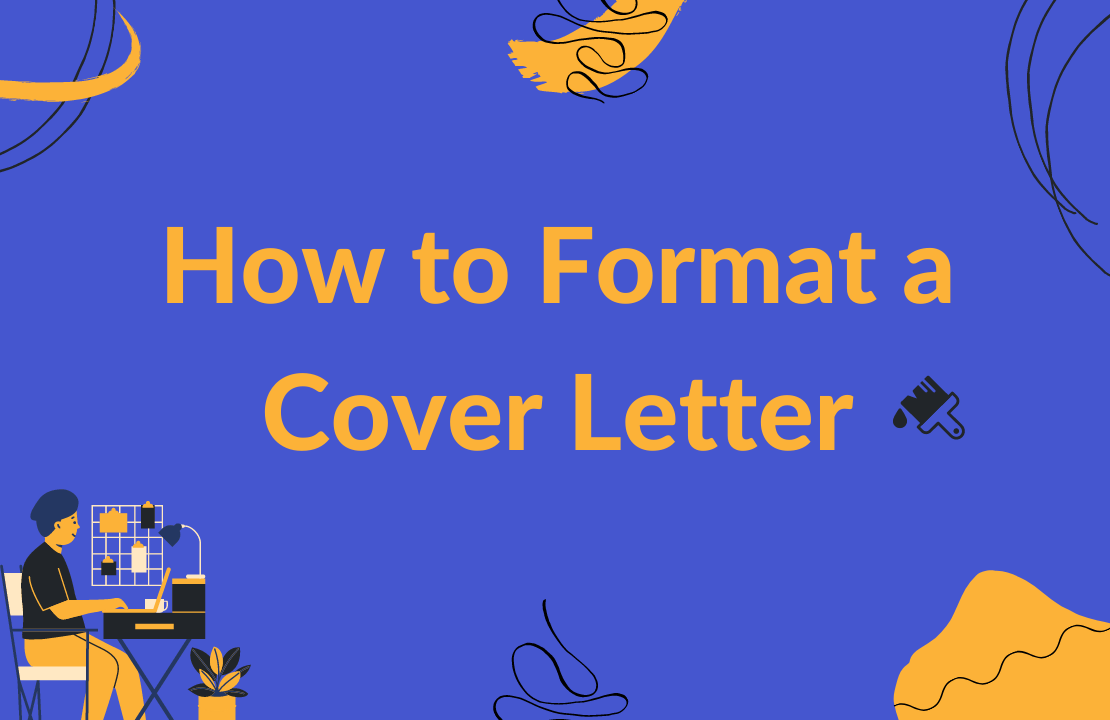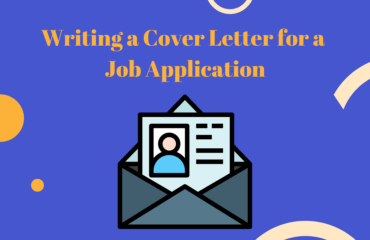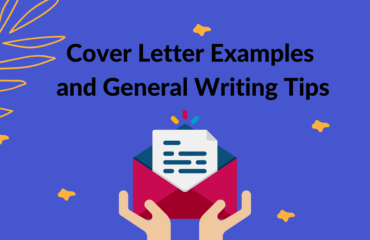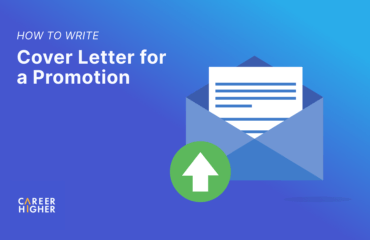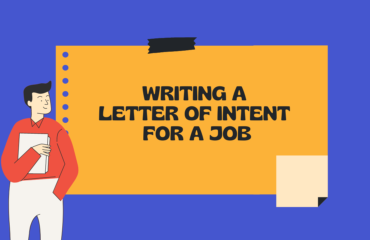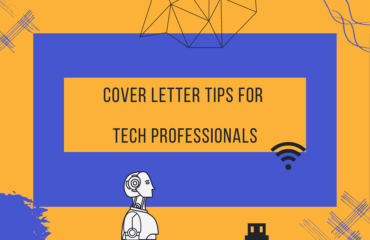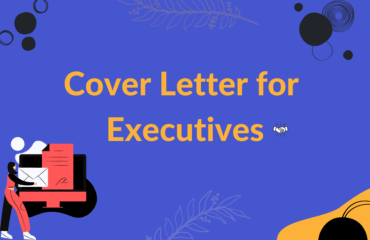Table of Contents
In addition to your best-practice resume, a cover letter is the first impression prospective employers will have of you. While having strong content is key to convincing them that you’re an excellent fit for the position and their culture, it is also important that your cover letter is appropriately formatted to make your first impression a good one. In this article, we will walk you through everything you need to know to format your cover letter appropriately and effectively.
Cover Letter Sections
When creating a properly formatted cover letter, you must first keep in mind that it should follow the tried-and-tested cover letter structure. According to best practice, a compelling cover letter is typically composed of four key sections. Writing these sections in order and indicating the necessary information is imperative to convey the right message to the reader. To help you get started, here is an overview of each section:
1. Cover letter header
The header basically contains your full name and contact details, including your complete mailing address, phone number, professional email, and LinkedIn profile URL. You can also add a link to a personal website or online portfolio if you have one. Besides, we also recommend using the title of your target job as your own title to demonstrate alignment with what your target employer is looking for.
2. Salutation
This section is where you greet the intended recipient of your cover letter. We suggest using a professional but not too formal salutation followed by the contact person’s first name. If you weren’t able to find out their names, you could use generic greetings, such as “Dear Hiring Manager”. Avoid using too casual and too impersonal ones, such as “Hello”, “To whom it may concern”, or “Dear Sir/Madam”.
3. Cover letter body
The cover letter body is where you introduce yourself, provide details of your relevant experiences and qualifications, express your interest in the role, and tell employers how you can help them succeed. In this section, we recommend breaking down your cover letter body into five paragraphs. These are what each of these paragraphs should include:
- First paragraph: Introduction
- Second and Third Paragraphs: Relevant experiences and achievements
- Fourth Paragraph: Employer information
- Fifth Paragraph: Closing/Call to action
4. Complimentary close
The final section is where you sign off your cover letter professionally and adequately. Depending on how you address your cover letter, you can either use “Yours sincerely” or “Yours faithfully”. If you included the specific name of the contact person in the salutation, use “Yours sincerely”. Otherwise, “Yours faithfully” is the right one to use.
Tips & Tricks on Proper Cover Letter Formatting
Now you’ve accomplished the first hurdle of formatting a cover letter by following the above structure. It is now time to pay close attention to making your cover letter presentable, organized, consistent, and highly readable. Remember, a cluttered and incorrectly formatted cover letter can lead hiring professionals to lose interest in reading it. So, here are some tips and tricks you can use as a guide to perfecting your cover letter format.
1. Use an easy-to-read font name and size
It may be tempting to use fancy or creative fonts to make your cover letter stand out visually. However, such fonts can make your cover letter content look informal and hard to read. Hence, we recommend using professional fonts, such as Helvetica, Garamond, Times New Roman, or Arial. These fonts make the best choice for your cover letter, as they are easy to read.
When it comes to font size, points 10 to 12 are the most recommended sizes. This is because these sizes are the easiest for most people to read. After carefully choosing the right font name and size, make sure to use only those throughout your cover letter. While this is the case, we suggest using bold text and larger font size when writing your name in the header as it serves as its focal point.
2. Maintain consistent margin and spacing
Margins and spacing are also essential for your cover letter. Not having the right balance may impact not only its aesthetics but also the overall readability. Thus, we suggest maintaining between 1-inch and 1.5 inches margins at the top, bottom, and both sides of your cover letter. You can eventually adjust these as necessary. However, avoid large adjustments that make your cover letter look too thin or full.
A proper cover letter spacing requires leaving a single space between lines and double space between each section and paragraph. Doing so makes your cover letter content more legible and digestible. Keep in mind that a cover letter with enough and proper white spaces is more engaging to read than the one with a large block of text.
3. Keep the length to one-page
The ideal cover letter length is one page. Making it too short or long can leave a wrong impression on the readers. So, make sure not to go overboard by including random details from your resume that can make your cover letter exceed the suggested length. Highlight only those that are directly relevant to the position and match the company’s needs. Use the job post description to determine what details to include and what to leave out to keep your cover letter to a single page.
To give your cover letter a boost, it is imperative to pay just as much attention to its formatting as to its content. After all, a properly formatted and easy-to-read cover letter is more likely to be read than those carelessly written ones, right? So, take note of the tips in this article to nail your next cover letter.
